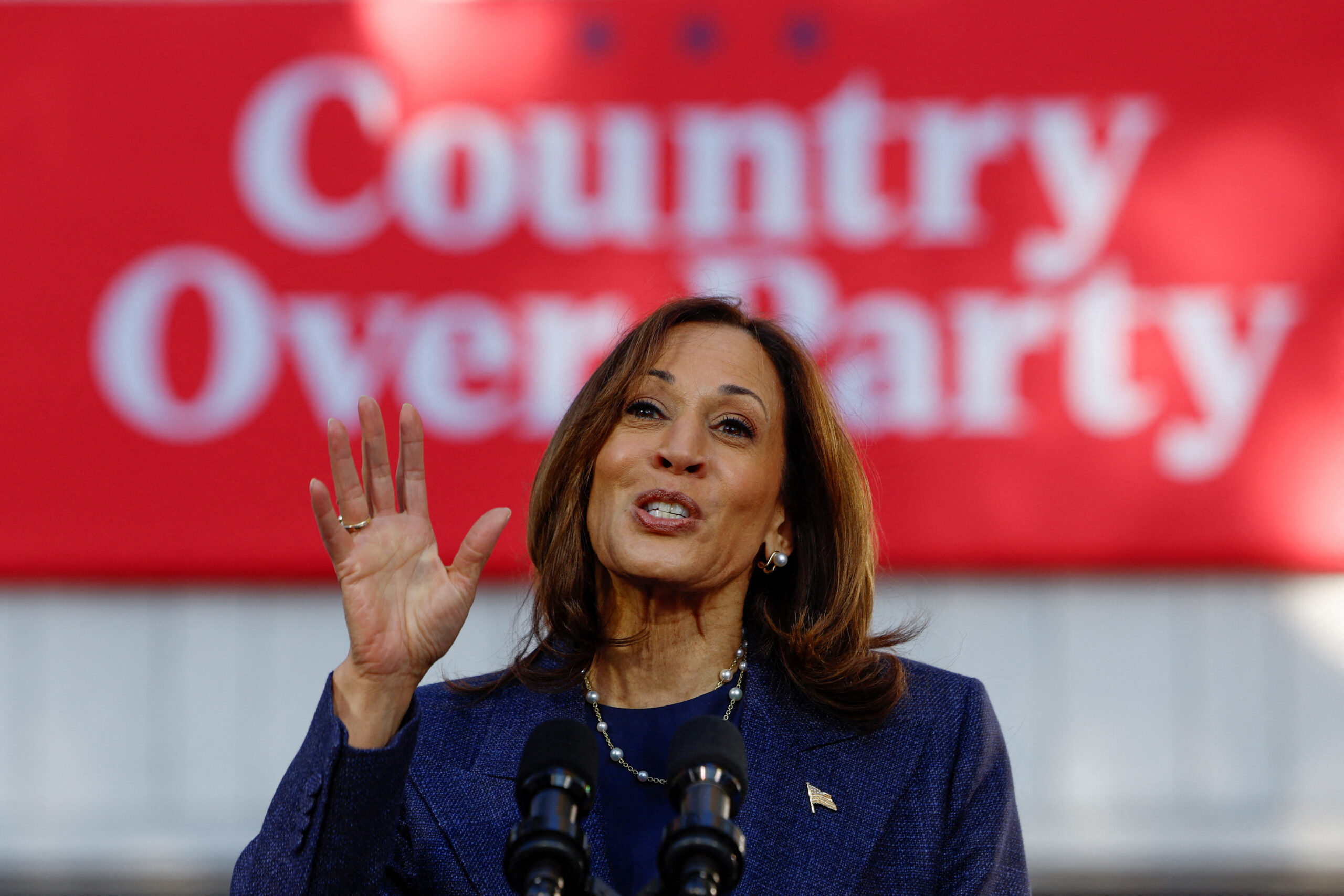As Democrats continue searching for a unifying message following their 2024 defeat, Vice President Kamala Harris reemerged in a campaign-style appearance this week, speaking at an event for “Emerge,” a progressive organization focused on supporting female political candidates. Her performance drew both ridicule and concern among critics who see the party still dominated by performative politics and lacking serious leadership.
Harris took the stage with her signature laugh and a story about elephants during an earthquake, raising eyebrows about the depth of her message. She praised emerging Democratic voices such as Alexandria Ocasio-Cortez, Bernie Sanders, and Jasmine Crockett—essentially embracing the party’s most progressive wing as its future.
On Chicago’s Morning Answer, Wall Street Journal deputy editorial page editor Daniel Henninger criticized the direction of the Democratic Party and the lack of leadership development. “There’s no bench,” he said, pointing out that the party failed to cultivate strong presidential contenders in the years since Hillary Clinton’s 2016 run. “The coloration and personality of this party hasn’t changed. It’s still a party of the left.”
Henninger described a Democratic Party held captive by its most ideological members, unable to pivot toward the center even in the face of mounting public dissatisfaction. He pointed to the post-George Floyd era as the defining moment that locked the party into a hard-left stance, embracing divisive ideas such as “defund the police” and the proliferation of DEI mandates across public and private sectors.
Henninger also referenced Minnesota Governor Tim Walz, who recently said Harris chose him as her running mate in 2024 because he could “code talk to white guys watching football.” Walz admitted that even with that role, Democrats still lost those voters in key swing states.
“This is a party that cannot pull itself away from the left wing,” Henninger said, noting that the Democratic base remains enthralled with figures like Bernie Sanders and AOC while more centrist voices are marginalized.
Meanwhile, the Republican Party under President Trump continues to face its own tests. Henninger offered a two-word summary of Trump’s first 100 days: “Status quo” and “uncertainty.” He credited Trump for shaking up Washington, as promised, but noted that many of his policies are still in limbo due to ongoing legal battles.
“There are more than 70 court cases involving Trump’s executive orders,” Henninger said. “He’s kept his campaign promises, but he needs to start putting numbers on the board before year’s end.”
Trade remains a major question mark. The administration has touted progress, including possible deals with India, South Korea, and a mineral agreement with Ukraine. But Henninger remains skeptical, calling tariffs “the deepest economic water you can get into” and warning that the current approach shows signs of poor preparation.
He also noted the challenge of executing Trump’s ambitious tax proposals—eliminating taxes on tips, overtime, and Social Security benefits—calling them “extraordinarily complicated” and unlikely to be influenced much by outside figures like Elon Musk.
While Republicans remain in the driver’s seat politically, Henninger suggested they owe their current advantage in part to the Democrats’ continued dysfunction. “One of the biggest stories of Trump’s presidency so far,” he said, “is that the Democratic Party is in seemingly terminal disarray.”
With Trump pressing ahead on trade and tax reform, and Democrats leaning further into ideological territory, the battle lines for 2026 and beyond are becoming clear. What remains less certain is whether either party can deliver meaningful wins before the next election cycle begins in earnest.





